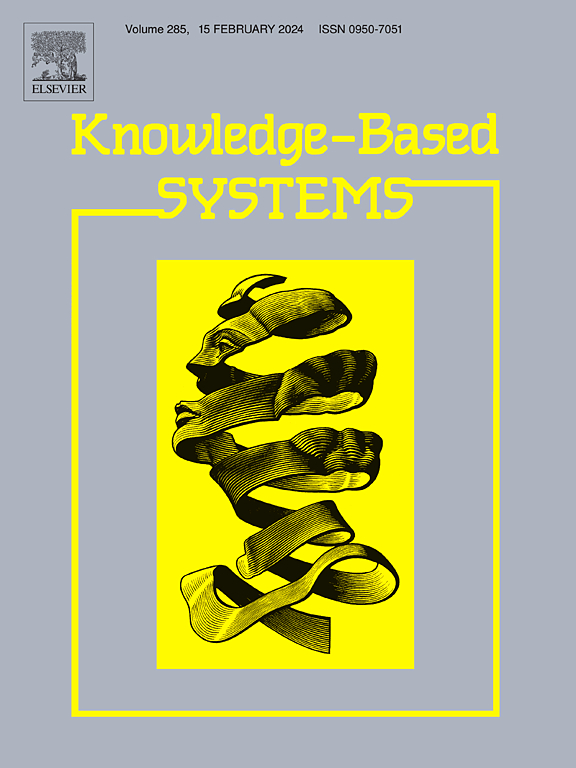IF 7.2
1区 计算机科学
Q1 COMPUTER SCIENCE, ARTIFICIAL INTELLIGENCE
引用次数: 0
摘要
时间序列预测致力于构建能够预测基于历史观测的未来值和趋势的模型。然而,目前基于 LLM 的方法通过及时引导将 LLM 的推理能力迁移到时间序列预测中,却忽视了时间序列与自然语言之间的模态差距。这种差距源于这样一个事实,即时间序列具有周期性和非周期性模式,而这些模式在自然语言中并不存在,从而阻碍了基于 LLM 的模型的能力。此外,时间序列中潜在的统计属性漂移使得模型依赖于虚假的相关特征,从而限制了对时空依赖关系的捕捉。为了解决这些独特的问题,我们引入了提示引导的表征对齐和动态自适应(PRADA)方法,该方法利用可学习提示引导的多视图文本序列自适应对齐(TSAA)来捕捉不同模式的表征。具体来说,我们首先将输入的时间序列分解为不同的组成部分,然后将由可学习的上下文向量组成的正交提示与时间序列嵌入独立对齐,以实现 LLM 的输入自适应。此外,还引入了时频双重约束,使模型能够从时域和频域捕捉被忽略的标签自相关性。通过可学习提示引导的多视角自适应对齐,PRADA 能够动态地建立时空依赖关系模型,并适应时间序列与自然语言之间的语义差距,从而使基于 LLM 的模型在实际场景中获得更稳健的时间序列表示。在多个公共数据集上进行的实验证明,PRADA 在时间序列预测方面具有最先进(SOTA)的性能。代码可在 https://github.com/HowardLiu28/PRADA 上获取。本文章由计算机程序翻译,如有差异,请以英文原文为准。
PRADA: Prompt-guided Representation Alignment and Dynamic Adaption for time series forecasting
Time series forecasting endeavors to construct models capable of predicting future values and trends grounded in historical observations. However, current LLM-based approaches migrate the inference power of LLM to the time series forecasting through prompt guidance, but ignore the modality gap between time series and natural language. This gap arises from the fact that time series have periodic and non-periodic patterns that are not present in natural language, hindering the capabilities of LLM-based models. In addition, the potential statistical property drift in time series makes the model rely on spurious correlation features, limiting the capture of spatio-temporal dependencies. To tackle the unique problems, we introduce the Prompt-guided Representation Alignment and Dynamic Adaption (PRADA) method, which harnesses multi-view Text-Series Adaptive Alignment (TSAA) guided by learnable prompts to capture the representations of different patterns. Specifically, we first decompose the input time series into different components and align orthogonal prompts consisting of learnable context vectors with time series embeddings independently for LLM’s input adaption. Furthermore, the time-frequency dual constraint is introduced to empower the model to capture the overlooked label autocorrelation from both the time and frequency domains. Through multi-view adaptive alignment guided by learnable prompts, PRADA is able to dynamically model spatio-temporal dependencies and adapt to the semantic gap between time series and natural language, which enables LLM-based models to obtain more robust times series representations in real scenarios. Experiments on multiple public datasets demonstrate the state-of-the-art (SOTA) performance of PRADA in time series forecasting. The code will be available at https://github.com/HowardLiu28/PRADA.
求助全文
通过发布文献求助,成功后即可免费获取论文全文。
去求助
来源期刊

Knowledge-Based Systems
工程技术-计算机:人工智能
CiteScore
14.80
自引率
12.50%
发文量
1245
审稿时长
7.8 months
期刊介绍:
Knowledge-Based Systems, an international and interdisciplinary journal in artificial intelligence, publishes original, innovative, and creative research results in the field. It focuses on knowledge-based and other artificial intelligence techniques-based systems. The journal aims to support human prediction and decision-making through data science and computation techniques, provide a balanced coverage of theory and practical study, and encourage the development and implementation of knowledge-based intelligence models, methods, systems, and software tools. Applications in business, government, education, engineering, and healthcare are emphasized.
 求助内容:
求助内容: 应助结果提醒方式:
应助结果提醒方式:


